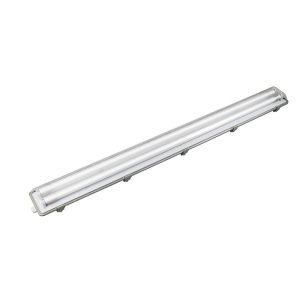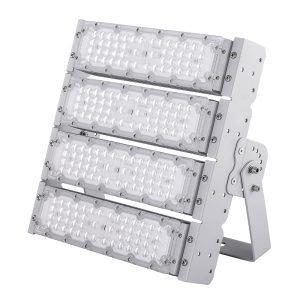Emergency sensor ceiling lights are an essential component of modern building safety systems. These innovative lighting fixtures are designed to provide immediate illumination in the event of an emergency, such as a power outage or a fire alarm. In this article, we will delve into the intricacies of emergency sensor ceiling lights, exploring their design, functionality, and the crucial role they play in ensuring the safety of building occupants.
Introduction to Emergency Sensor Ceiling Lights
Emergency sensor ceiling lights are specialized lighting fixtures that are integrated into the building’s electrical system. They are equipped with sensors that detect changes in the environment, such as smoke or a sudden drop in power, and automatically activate the lights to provide illumination during emergencies. These lights are typically battery-powered, ensuring that they remain functional even when the main power supply is disrupted.
Design and Construction
The design of emergency sensor ceiling lights is focused on both functionality and aesthetics. These lights are constructed to be durable and reliable, often featuring a robust housing that can withstand harsh conditions. The housing is typically made of materials such as polycarbonate or stainless steel, which are resistant to heat, impact, and corrosion.
The emergency sensor ceiling lights are designed with energy efficiency in mind. They use LED technology, which provides bright, long-lasting light while consuming less energy than traditional bulbs. This not only reduces operating costs but also minimizes the environmental impact.
Functionality and Sensors
The core functionality of emergency sensor ceiling lights lies in their ability to detect and respond to emergencies. These lights are equipped with various sensors, including smoke detectors, heat sensors, and motion sensors, which allow them to trigger the lights in different scenarios.
– Smoke Detectors: These sensors are designed to detect the presence of smoke particles in the air. When smoke is detected, the lights immediately activate to provide visibility and help occupants locate the source of the emergency.
– Heat Sensors: Heat sensors detect sudden increases in temperature, which can indicate a fire. Upon detection, the lights automatically turn on to aid in evacuation and emergency response.
– Motion Sensors: In some models, motion sensors are integrated to detect movement in the building. This can be useful for activating the lights during an emergency, ensuring that they are on when needed most.
Testing and Compliance
To ensure the reliability and effectiveness of emergency sensor ceiling lights, they must undergo rigorous testing and comply with international safety standards. These standards vary by region but typically include tests for electrical safety, durability, and performance under emergency conditions.
Manufacturers of emergency sensor ceiling lights must adhere to these standards to guarantee that their products are fit for purpose. Regular maintenance and testing are also essential to ensure ongoing compliance and functionality.
Installation and Integration
The installation of emergency sensor ceiling lights requires careful planning and expertise. These lights must be properly positioned to ensure even coverage and adequate illumination throughout the building. Additionally, they must be integrated into the building’s electrical system and emergency response protocols.
Professional installation is crucial to ensure that the lights are correctly wired and that they can communicate effectively with other emergency systems, such as fire alarms and security systems.
Applications and Benefits
Emergency sensor ceiling lights find applications in a wide range of settings, including commercial buildings, schools, hospitals, and public transportation facilities. The benefits of these lights are numerous:
– Enhanced Safety: By providing immediate illumination during emergencies, these lights help occupants navigate safely and quickly exit the building.
– Cost-Effective: LED technology used in emergency sensor ceiling lights is energy-efficient, reducing operating costs over time.
– Environmental Friendly: The use of LED lights minimizes the environmental impact compared to traditional lighting solutions.
– Disaster-Resistant: The battery-powered nature of these lights ensures they remain operational during power outages, making them invaluable during natural disasters.
Conclusion
Emergency sensor ceiling lights are a critical component of modern building safety systems. Their design, functionality, and ability to provide immediate illumination during emergencies make them an essential tool for ensuring the safety of building occupants. As technology continues to advance, we can expect to see further innovations in emergency lighting solutions, enhancing safety and efficiency in buildings worldwide.













Explore More from Queendom Lamp
Stay updated with the latest LED technology, lighting solutions, and industry insights.
Request a Quote About Queendom